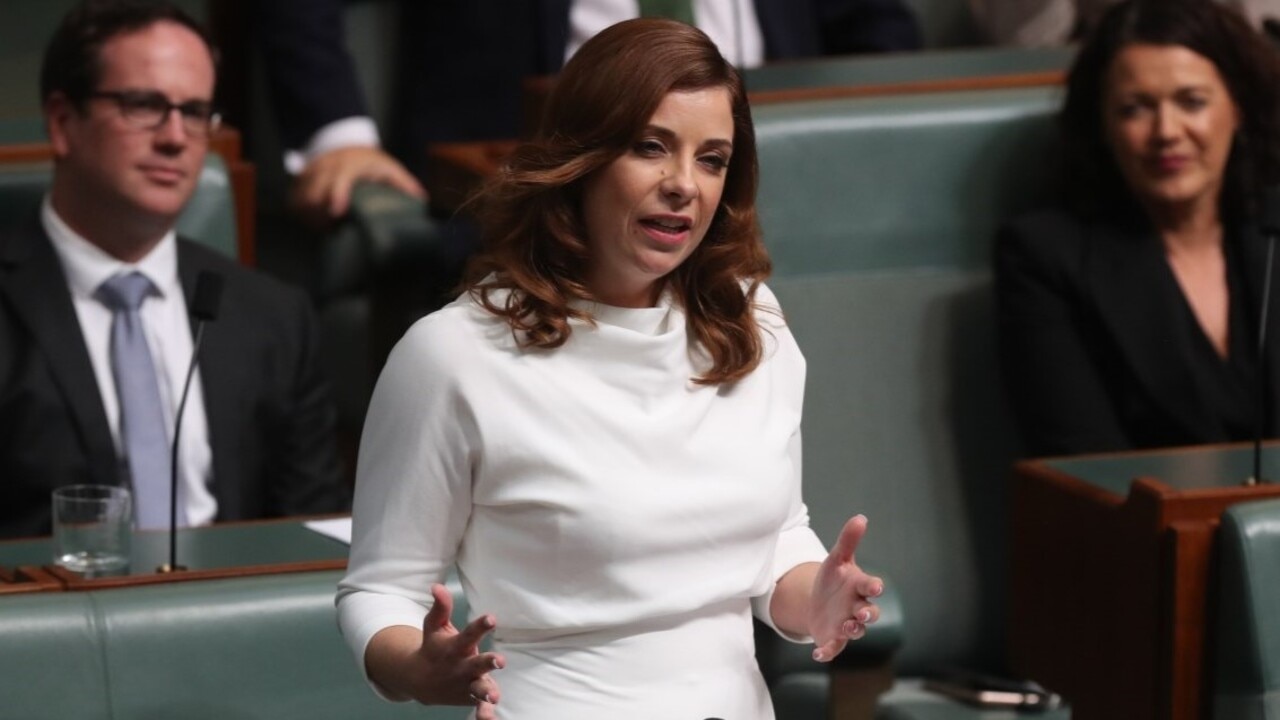
There are a range of sensible options to help us live, and even die, in our own homes, including more funding to help older people recuperate in their homes after hospitalisation and to see out their final months in familiar surrounds.
Yet while we may wish it weren’t so, an ageing population means more and more of us inevitably will need nursing homecare.
Our preference to stay at home longer sees us arriving at the doors of the local nursing home older and frailer, many with dementia, needing more intensive care and support.
Ask anyone with a relative in a nursing home and they’ll tell you carers are the nation’s unsung heroes.
But an existential threat is facing the nursing home sector.
The current funding system is simply not working.
Many aged-care providers are staring into the financial abyss. Over the past five years, the residential aged-care sector has lost a cumulative $5bn. Half of the nation’s 2700 homes are currently running at a financial loss. New beds aren’t being built, putting pressure on the state hospital systems.
More than $11bn in the past two federal budgets is touted by the Albanese government as an investment in the sector, but it is effectively money-in, money-out, paying for increased wages of care staff, with little impact on the sector’s broader financial trajectory.
Put simply, the status quo is unsustainable. A cash injection is critical. So who pays more: the taxpayer or the older person needing care?
This is what the government’s aged-care taskforce wrestled with, coming up with a proposal for greater co-contributions by older Australians who have the means to do so.
And with final tweaks through negotiations between the government and Coalition over recent months, this is what has effectively come to pass in the proposed new legislation.

There are those who argue older Australians in nursing homes shouldn’t be whacked for more money. They have paid taxes all their lives, and even as they approach their final days are still being stung.
This counter argument is that the taxpayer is already funding most of aged care, to the tune of $36bn a year.
The additional co-contributions relate to everyday living costs such as food, cleaning, laundry, and also to the accommodation component of care. Remember these costs would be borne by the individual if they were living at home and receiving government-supported in-home care. And they’re limited to those not receiving financial support from the government, mainly self-funded retirees.
How much? The government says a maximum of $13 a day subject to the pricing authority determining the final amount. Extra accommodation costs through a 2 per cent retention of Residential Accommodation Deposits work out at an average $30 a day, which would be deducted from the RAD.
Remember, most self-funded retirees have a fully paid-off family home. The extra retention from the RAD would be about $11,000 a year, and the average length of stay is a little over two years. Set that against the median national house price of $800,000 and we’re talking a small proportion. None of the changes will apply to existing nursing home residents.
Self-funded retirees may not be happy but the bottom line is they can afford it. It’s hard to argue that working-age taxpayers should foot the bill for what better-off nursing home residents would be paying if they were in their own homes.







The government’s new blueprint for aged-care focuses on delivering more care in the home, and rightly so, given that is what we all prefer.